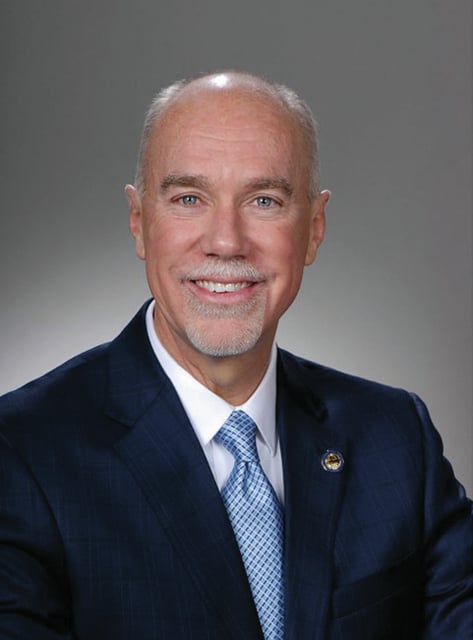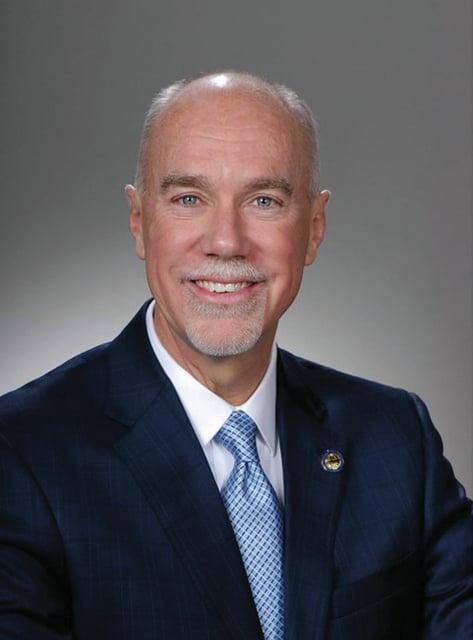

For Ohioans with chronic illnesses and those who take care of them, life is about to get a little easier. The General Assembly has passed, with unanimous bipartisan support, Ohio House Bill 116, the medical synchronization measure I sponsored along with Representative Tim Brown (R-Bowling Green). Medical synchronization, “med sync” for short, allows patients to voluntarily work with their health care providers and pharmacists to organize their prescriptions so all their refills are due on the same day. There are many advantages.
First and most importantly, med sync helps people maintain their health. When they take their medication as prescribed, they’re less likely to have a setback that lands them in the emergency room or doctor’s office. A study conducted last year by the National Community Pharmacists Association found patients who participate in a med sync program are 30 percent more likely to take their medication as prescribed.
Second, med sync makes filling prescriptions more convenient since only one trip to the pharmacy is needed each month. That’s especially important for seniors, which is why the Ohio Association of Area Agencies on Aging was among the many organizations who supported Ohio House Bill 116.
The federal Centers for Disease Prevention and Control estimate 40 percent of Americans age 65 and over take at least five medications a day. Many of them face challenges in getting those prescriptions filled. They may have physical mobility issues that make trips outside the home difficult. They may lack transportation to the pharmacy for frequent refills. As a result, they may run out of a medication and delay refilling it until they can pick up another medication at the same time. In effect, they’re synchronizing prescriptions on their own, but not in a safe way. Ohio House Bill 116 makes it easier for them to have the medications they need available all the time.
Third, med sync saves money. Medicare Part D, which provides prescription drug coverage for seniors, began allowing pharmacies to synchronize prescriptions in 2014 and estimated at the time that it would save Medicare $1.8 billion in health care costs. Ohio House Bill 116 requires private insurers and Medicaid to follow Medicare’s lead, and we are confident they will save money as well as their beneficiaries take their medicines correctly and avoid needless health care expenses.
It’s important to note we have created a permissive med sync option for patients. They are free to participate in a med sync program – or not. Further, Ohio House Bill 116 works alongside other state and federal laws governing prescriptions; it does not override them. And to support Ohio’s efforts to address the epidemic of opiate addiction that plagues our State, prescriptions for opioid painkillers are not eligible to be synced.
Finally, the bill acknowledges and supports the significant role pharmacists play in helping people maintain their health. That’s because syncing their prescriptions gives patients the opportunity to visit with the pharmacist, who can review dosages, check for drug interactions, and make sure the patient understands prescribing instructions. Ohio pharmacists testified in favor of the bill, which also had the support of the Ohio State Medical Association.
Representative Brown and I are gratified by the support of our colleagues and of so many healthcare organizations. We are pleased to be able to offer this common sense solution to help chronically ill Ohioans and their caregivers. We look forward to having Governor Kasich sign the bill and move med sync forward in Ohio.


